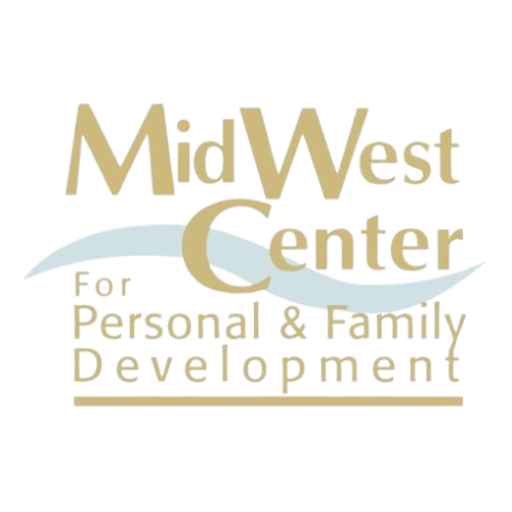Each year, Panic Awareness Day offers a chance to talk openly about something many people experience but few feel comfortable discussing: panic attacks. These sudden, overwhelming episodes of fear can feel terrifying—and they’re more common than you might think.
At MidWest Center, we believe awareness is the first step to healing. Let’s explore what panic attacks really are, how they affect people, and what you can do if you—or someone you love—is struggling.
What Is a Panic Attack?
A panic attack is a sudden and intense surge of fear, anxiety, or discomfort that peaks within minutes. During a panic attack, the body’s “fight-or-flight” response activates, often without any clear or immediate danger.
Common symptoms include:
- Racing heartbeat or chest pain
- Shortness of breath or choking sensation
- Dizziness or lightheadedness
- Sweating or chills
- Nausea or abdominal distress
- Fear of losing control, going crazy, or dying
These symptoms are very real—but they’re not always caused by an underlying physical health problem. They’re often the body’s response to unresolved stress or trauma.
What Is Panic Disorder?
While many people may experience one or two panic attacks in their lifetime, Panic Disorder is diagnosed when panic attacks occur regularly and are followed by ongoing worry about future attacks or behavioral changes (like avoiding certain places or situations).
Panic Disorder affects about 2–3% of adults in the U.S., according to the National Institute of Mental Health. It often begins in late adolescence or early adulthood and can significantly impact quality of life.
Panic Attacks vs. Anxiety Attacks
People often use the terms “panic attack” and “anxiety attack” interchangeably, but they’re not the same:
- Panic attacks tend to be sudden and intense, often without a clear trigger.
- Anxiety attacks typically build up over time in response to a specific stressor and are less intense but longer-lasting.
Understanding the difference helps in seeking the right support and treatment.
How to Cope With Panic Attacks
If you or someone you care about is experiencing panic attacks, know that you are not alone, and help is available. Here are some strategies that may help:
🧘♂️ Grounding Techniques
Focus on the present by engaging your senses. Try the 5-4-3-2-1 technique:
5 things you can see, 4 you can touch, 3 you can hear, 2 you can smell, 1 you can taste.
🫁 Deep Breathing
Inhale slowly through your nose for 4 counts, hold for 4, exhale through your mouth for 6. Repeat.
📞 Reach Out
Tell someone you trust or speak to a mental health professional. Panic thrives in isolation—connection brings relief.
🧠 Therapy Works
Cognitive Behavioral Therapy (CBT) and exposure therapy are highly effective for panic disorder. In some cases, medication can also be part of a successful treatment plan.
How to Support Someone With Panic Attacks
- Stay calm. Your calm energy helps reduce their panic.
- Ask what they need. Some people want space; others want reassurance.
- Avoid saying “calm down.” Instead, try “I’m here with you. This will pass.”
- Encourage professional help. Recovery is possible, and they don’t have to go through it alone.
On Panic Awareness Day, let’s break the silence and shame that often surrounds panic attacks. Whether you’ve lived through one, know someone who has, or want to be part of a more supportive world—your awareness matters.
At MidWest Center, we offer therapy, resources, and community to help people live free from the fear of panic. Because no one should suffer in silence.

